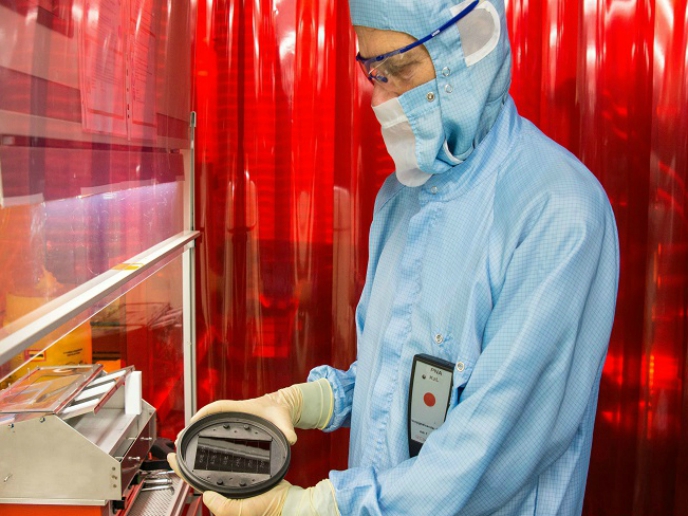Post-deposition treatments boost efficiencies of thin-film solar cells
Photovoltaics (PV) that convert the light energy from the sun into electricity have matured at a rapid pace. First-generation silicon solar cells continue to play a major role in meeting global energy needs. Annual global PV module production for second-generation or thin-film solar cells has been growing. However, efficiencies have typically been less than those achieved with first-generation technologies. The ambitious EU-funded Sharc25 project set out to level the playing field. Thin-film solar cells are made by depositing very thin layers of semiconductor materials (a few micrometres or less) on a supporting substrate. Sharc25 focused primarily on copper indium gallium diselenide (CIGS) solar cells on, but not restricted to, glass substrates. Key innovations in post-deposition processing and interface design paved the way for world-class outcomes. Novel post-deposition treatments break barriers According to project coordinator Wolfram Witte, when the Sharc25 project started in 2015, “only a few research institutes and companies worldwide had exceeded the 20 % efficiency mark for CIGS solar cells, typically using potassium fluoride post-deposition treatment (KF-PDT).” Sharc25 partners ZSW and Empa were already among them. Adding to the KF-PDT process for CIGS absorbers, researchers enhanced their repertoire of alkali metal PDT using rubidium fluoride PDT (RbF‐PDT) or caesium fluoride PDT (CsF-PDT) as well. The improved processes for CIGS absorber fabrication and advanced interface design facilitated even higher efficiencies. In June 2016, the project posted a new world record for small-area CIGS solar cells on glass substrates with 22.6 % efficiency. Flexible substrates provide a versatile solution for both building and portable applications. Sharc25 has advanced this field as well, achieving another world record efficiency for a CIGS solar cell on a flexible substrate with 20.8 % efficiency. Publication of the results and associated processes has sparked a new wave of research and development worldwide utilising RbF-PDT or CsF-PDT, continuing to push the frontiers of the technology. An eye on the future Partner companies are commercialising the high-efficiency thin-film technology, implementing the alkali metal PDT processes to produce large-area solar modules from CIGS thin-film solar cells. In addition, Sharc25 thin-film technologies could soon find their way into third-generation perovskite photovoltaics. Perovskite is attracting global attention due to demonstrated efficiencies above 20 % together with its high band gap energy. Sharc25 scientists fabricated an 18 % efficient CIGS solar cell with RbF-PDT and a low band gap energy of 1.0 eV. As Witte explains: “This material is an ideal candidate for a bottom cell in a tandem application with a high band gap material like third-generation perovskite as the top cell.” The team has been spreading the word through numerous presentations at conferences and prolific publication in peer-reviewed scientific journals. The consortium also organised two successful international public workshops. “Sharc25 has provided deep insights into the physics of highly-efficient CIGS thin-film solar cells using advanced characterisation methods, analytical tools, device simulation, and density functional modelling,” Witte concludes. Thanks to this complementary approach, Sharc25 has developed new efficiency-enhancing methods, some of which have already been successfully transferred into production. With new records in the efficiency of CIGS solar cells, the team has raised the bar in the thin-film solar cell field.
Keywords
Sharc25, solar cell, CIGS, post-deposition treatment (PDT), efficiency, thin-film, substrate, flexible, energy, deposition, band gap, light, alkali metal, interface, photovoltaics, electricity

